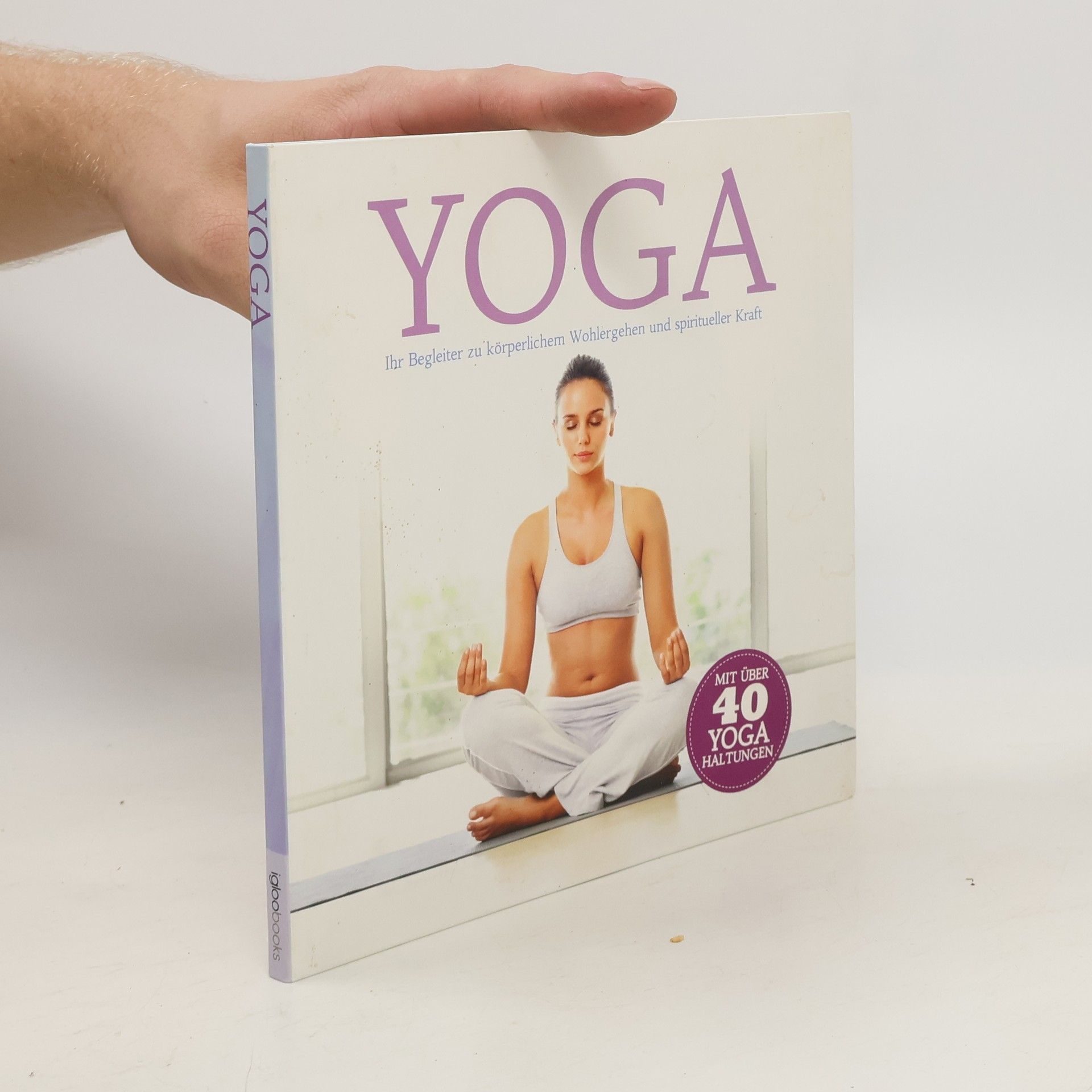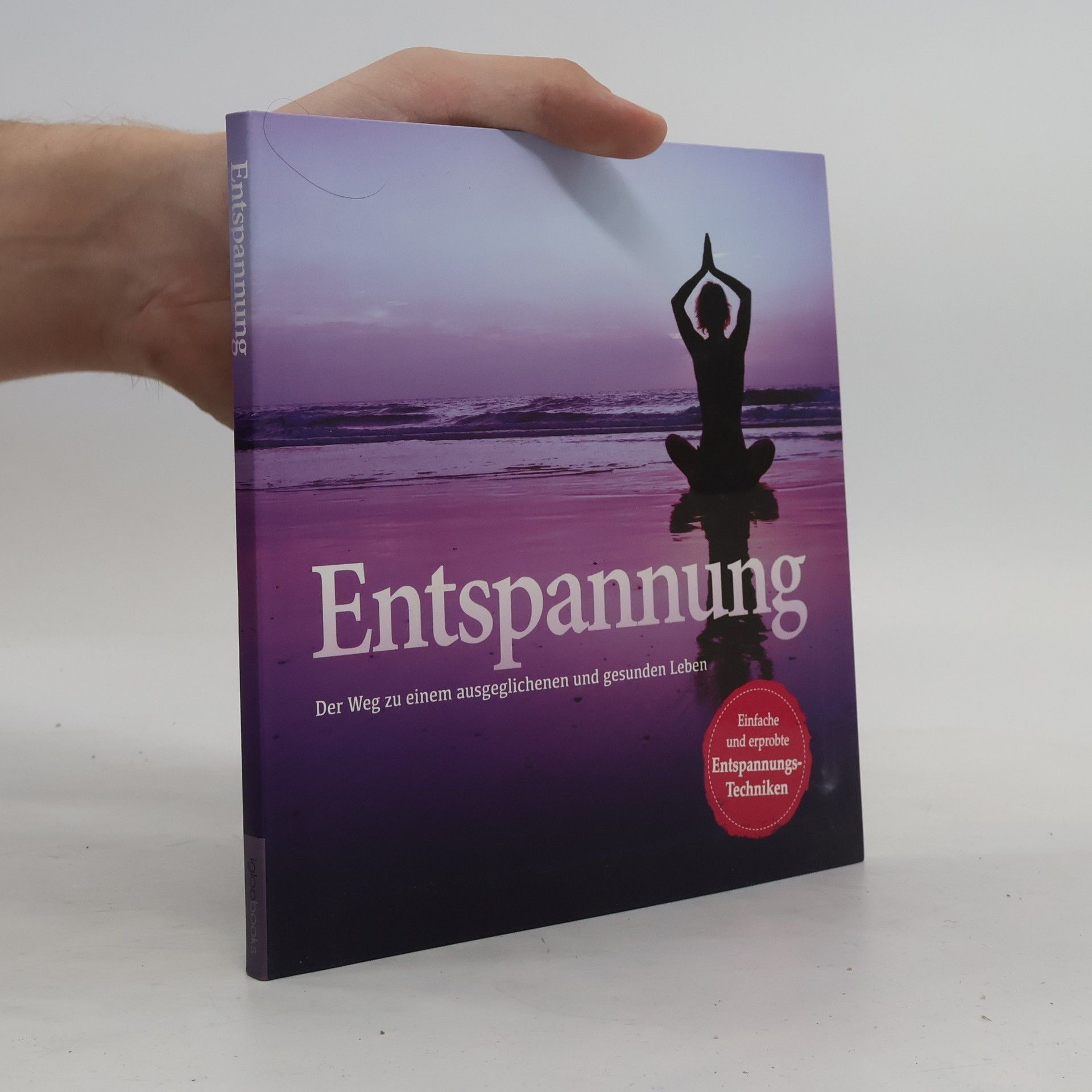Judith Baker Knihy
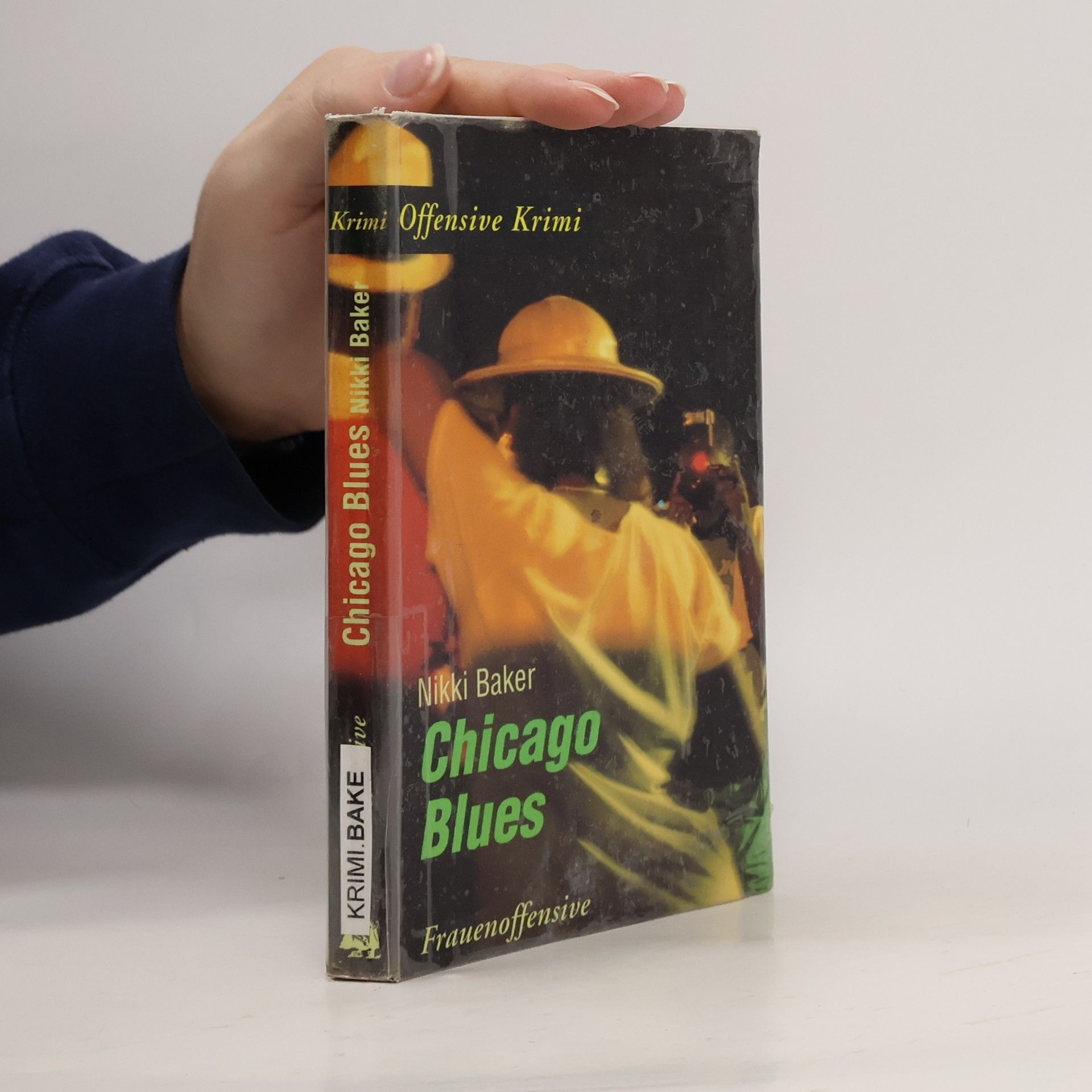
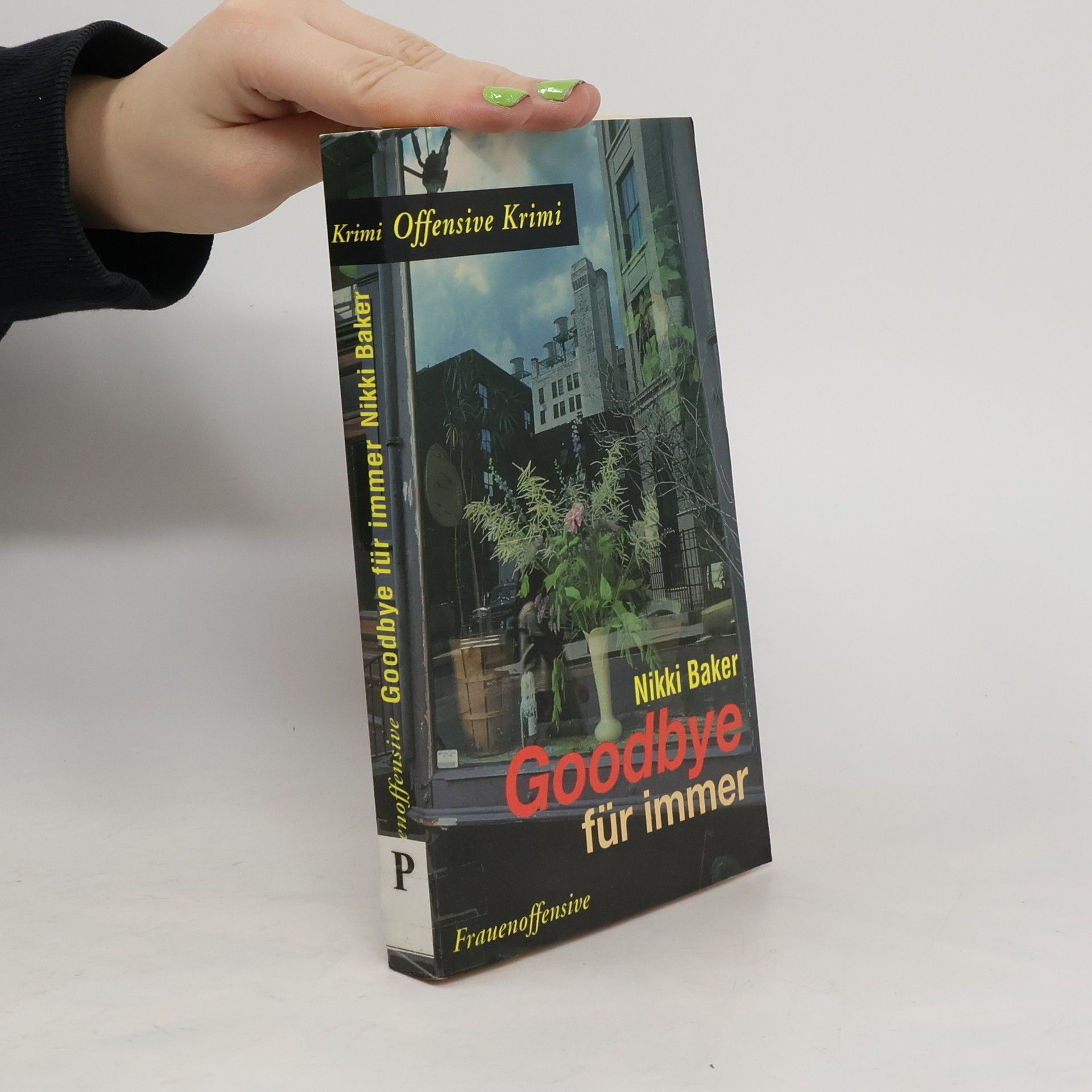
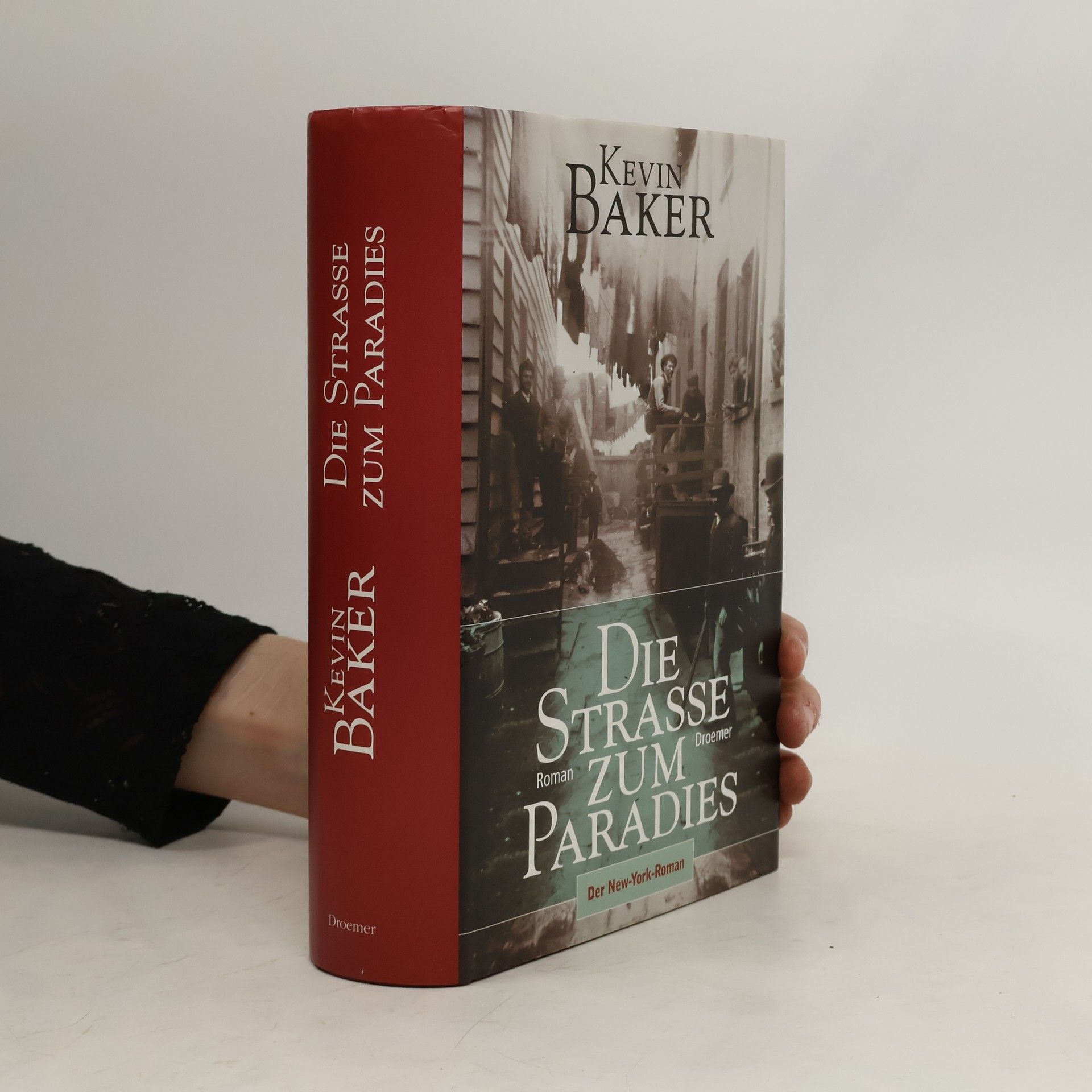
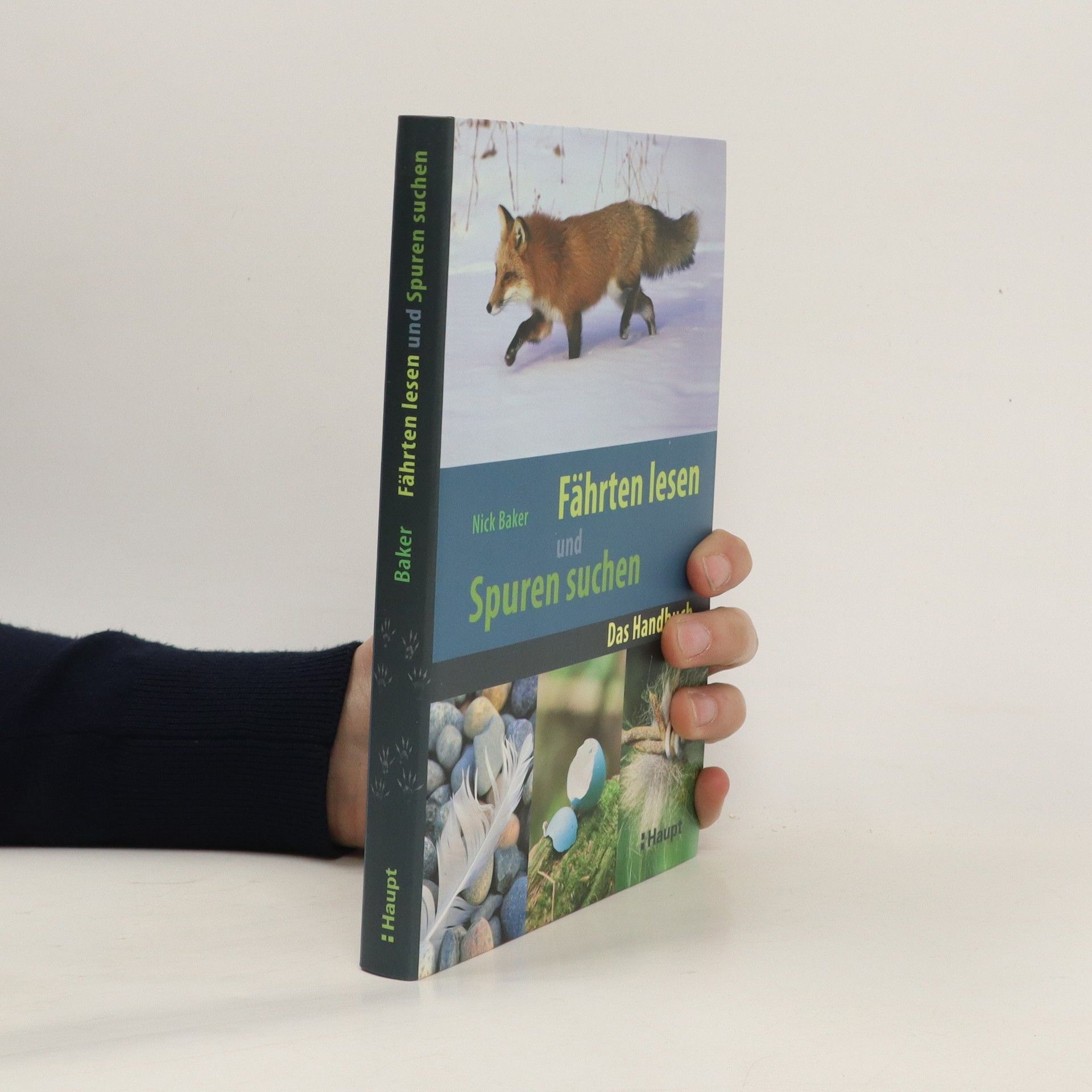
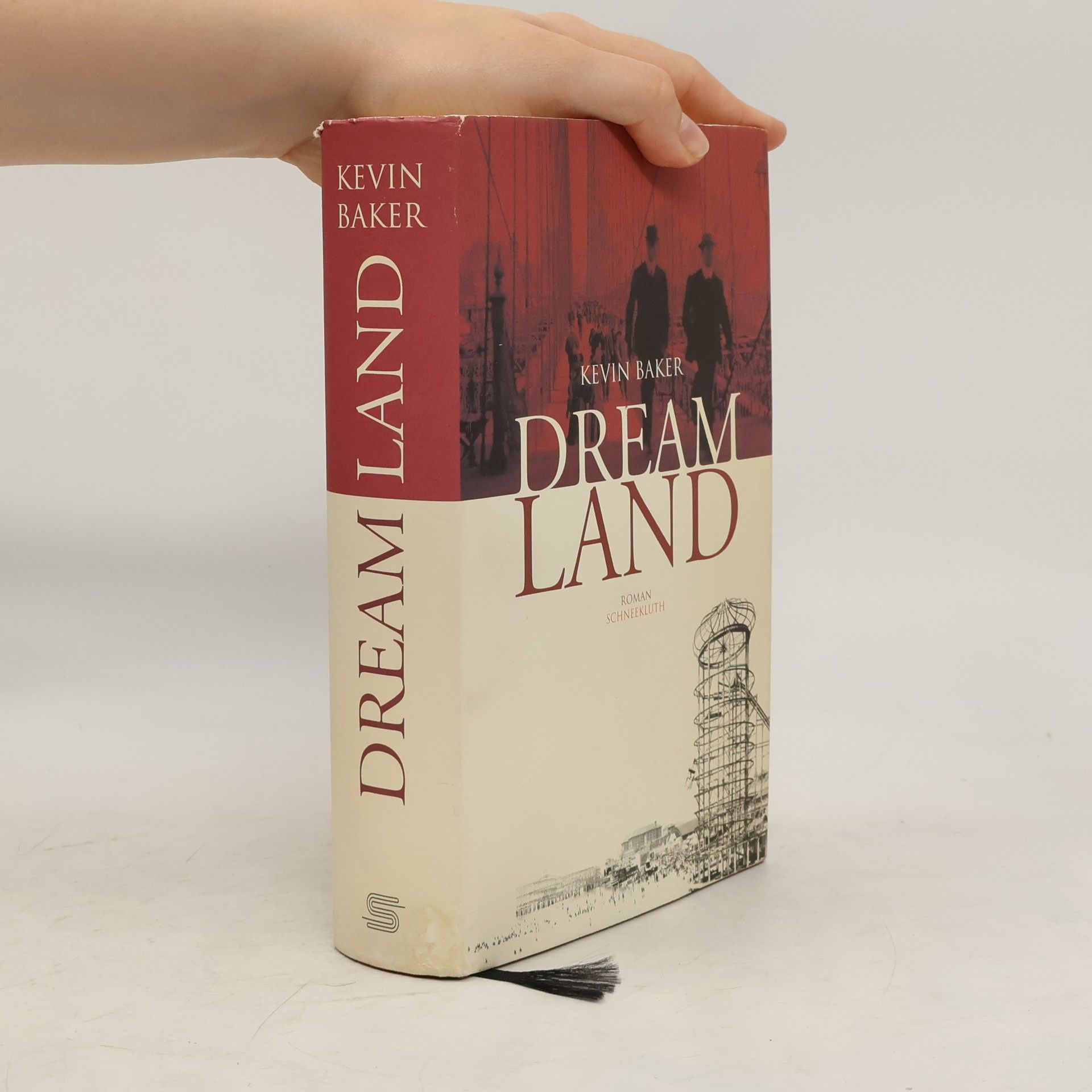
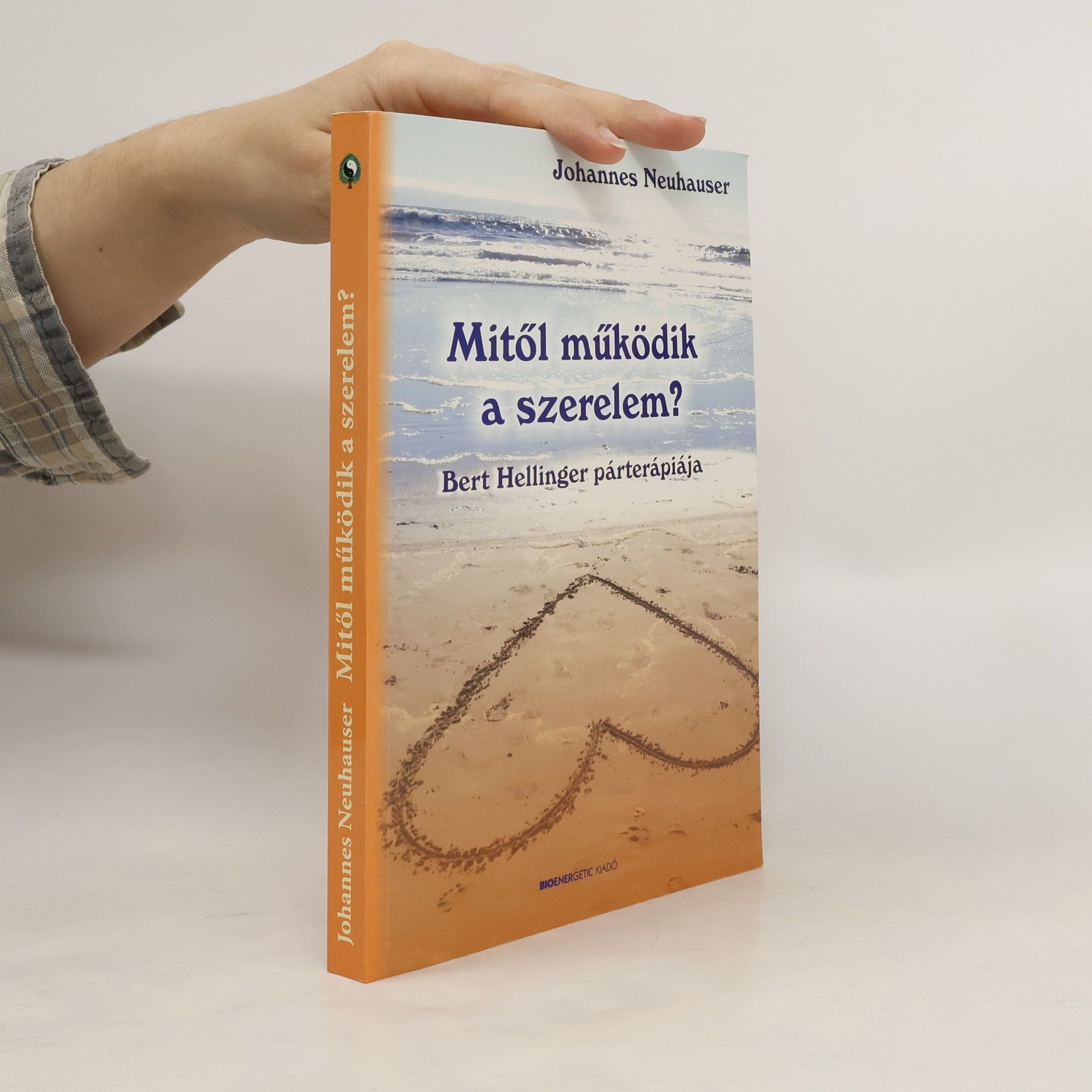
„Komm mit nach Dreamland, denn Träume werden dort wahr!“ Zwerge und Gangster, Gaukler und Huren, Glücksritter und Desperados der Alten Welt, Straßenkinder und selbst ernannte Heilige. es war einmal in New York. Millionen von elektrischen Lichtern lassen den Vergnügungspark Dreamland taghell erstrahlen, zeigen die Kuriositäten und Monströsitäten des beginnenden technischen Zeitalters: Brutkästen als Jahrmarktattraktion, die ersten Geisterbahnen, der nachgespielte Burenkrieg und der tägliche Ausbruch des Vesuv - dazu wird das soeben erfundene Fast Food genossen. Als Dreamland eines tages wirklich in Flammen steht, wird dieses Feuer zur großen Parabel von Aufstieg und Fall, Erlösung und Untergang. „Ein starkes, zutiefst bewegendes Epos.“ Publishers Weekly
Fährten lesen und Spuren suchen
- 288 stránek
- 11 hodin čtení
Eine Spuren-Leseschule und ein umfassendes Nachschlagewerk für alle Naturfreunde. Mehr als nur Fährten: Eier, Knochen, Fraßspuren und vieles mehr in einem Buch. Reich bebildert, kurzweilig und informativ: ein Naturführer für jedes Alter. Geheimnisvolle Löcher im Boden oder wirre Nester im Baum - wer wohnt hier? Angeknabberte Zapfen, Fraßspuren an Blättern - wer hat hier gefressen? Oftmals sind Spuren die einzigen Hinweise darauf, dass ein Tier in der Nähe ist. Kann man diese Spuren lesen, bieten sie einen faszinierenden Einblick in die Lebensweise und das Verhalten der Tiere. Dieses umfassende Handbuch führt in die Kunst des Spurenlesens ein, erklärt, wie Trittsiegel und Fährten vermessen und bearbeitet werden können, zeigt die artspezifischen Unterschiede von Bauten, Nestern, Höhlen, Fraß- und Kotspuren und gibt einen Einblick in die Vielfalt von Fundstücken wie Knochen, Federn, Hüllen, Häuten oder Überresten von Mahlzeiten.
Es war im Juli 1863. In den Straßen Manhattans streiten sich Kinder mit wilden Schweinen um Brot. Schnaps, bezahlt nach Trinksekunden, schürt die Ungeduld der Männer. Und dann geht die Stadt New York in Flammen auf. Paradise Alley, eine Straße im Armenviertel New Yorks. Drei Frauen warten ängstlich in ihren Häusern auf den gewalttätigen Mob, der sich von Downtown aus auf sie zu bewegt. Ruth hat besonderen Grund zur Sorge, denn sie ist die Frau des entflohenen Sklaven Billy und wird dadurch zur Zielscheibe der rassistischen Aufständischen. Doch das ist nicht alles: Ihr Exmann entkam aus dem Gefängnis und sucht seit Tagen nach Ruth, um sich an ihr zu rächen. Auch die ehrgeizige Deirdre, deren Mann im Bürgerkrieg vermisst wird, und die Prostituierte Maddy horchen gebannt auf das Dröhnen der Schritte und aufgebrachten Stimmen - jede mit ihren eigenen Gründen, die aufständischen Männer bis ins Mark zu fürchten. In der Paradise Alley kommt es schließlich zur dramatischen Konfrontation. Und die drei Frauen haben nur noch einander, um sich einen Weg aus dem überall aufbrechenden Chaos zu weisen.
